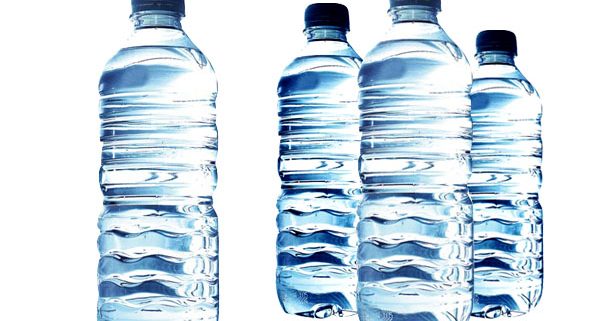Is a new drinking water bottle material a great idea?
Late the week of 10-11-20, a San Diego, CA company announced it has obtained FDA approval (underwhelming — remember Thalidomide?) for a biodegradable beverage bottle. In particular, a water bottle to replace the plastic version. Their press release obviously included all of the horror stories about the waste issues of ocean islands of plastic trash and the all-encompassing presence of potentially lethal plastic microparticles in our water, air, and food. In the release they stated a probable consumer product objection being the fact that their bottle is opaque so the water isn’t visible. Further, they tout the use of a new polymer (Greek for many things) material they developed as the biodegradable substitute for clear plastics. Some thoughts.
First, just what is meant by degradable? After a period of time will such a bottle be reduced to natures building blocks of carbon, hydrogen, and nitrogen or into some particles that replace plastic particles but inadvertently maybe just as environmentally dangerous. If the material is designed to decay, will the process begin after a period of total stability, or does it begin immediately thus imparting some of its constituents to the water?
Secondly, public awareness of the health and environmental issues caused by water bottle waste has been here for over a decade and doesn’t seem to be moving the needle on consumption numbers. Apparently lobbying at a variety of levels has prevented serious legislative action against the bottles from taking place. Could taxing the bejabbers out of the empty bottle sales with proceeds going to a national reelection fund negate the lobbying effort?
Finally, last month’s Consumers Report took quite a swipe at the dangerous chemicals existing in some bottled waters. With the technology available since the late 1960s and process efficacy demonstrated in tens of thousands of installations, home reverse osmosis systems simply obsolete the bottled water concept and eliminate the surprising chemicals detailed by Consumers Report. Most are easily installed under a kitchen sink and there are also countertop and portable units adaptable to all lifestyles. Along with purchasing, there rental and rent-to-purchase plans that appeal to all income levels. Safer, less costly, and environmentally friendly water is available.



Leave a Reply
Want to join the discussion?Feel free to contribute!